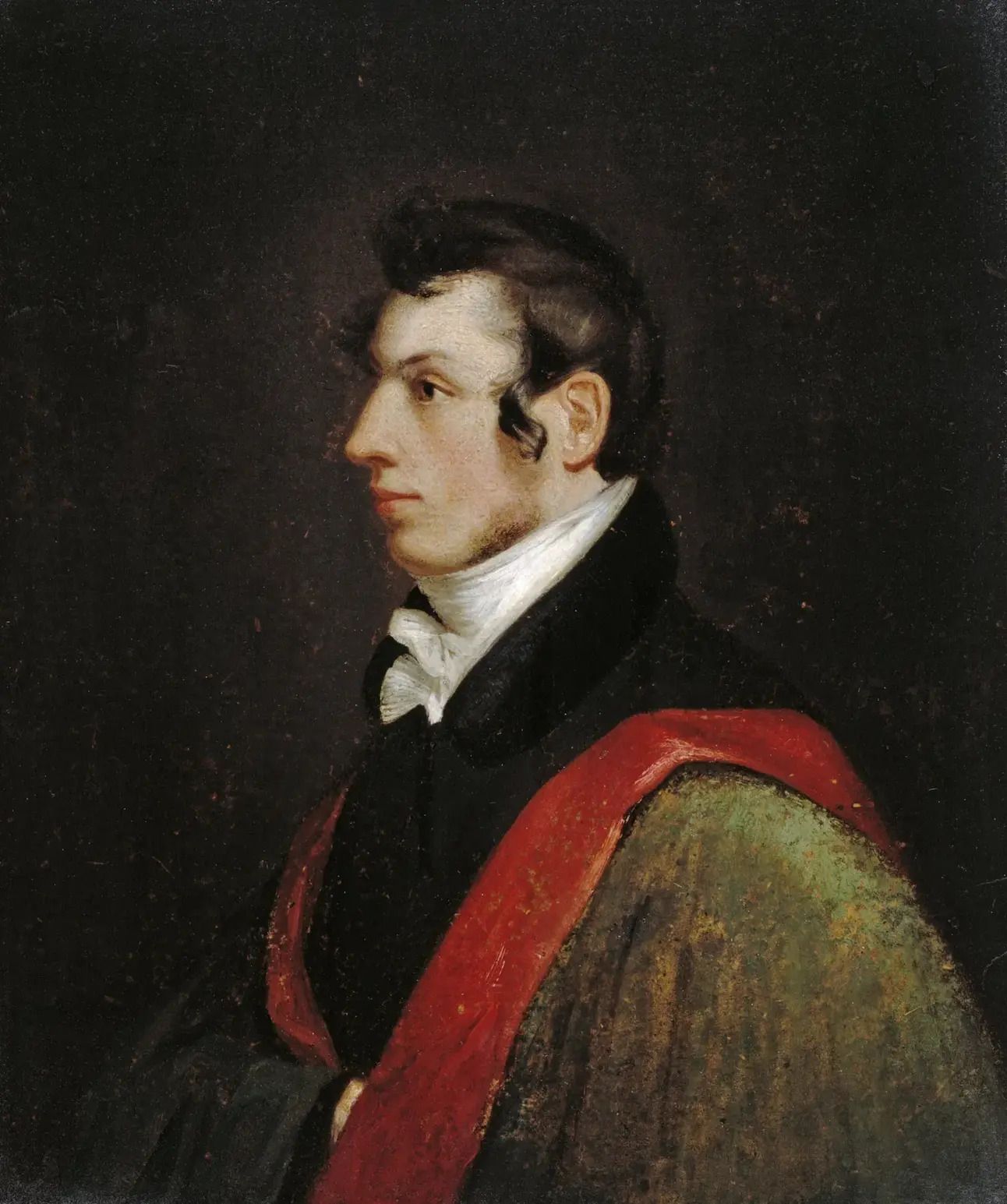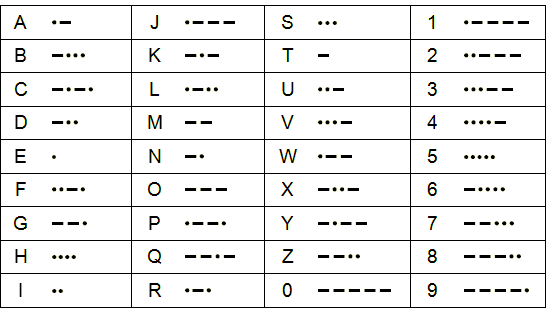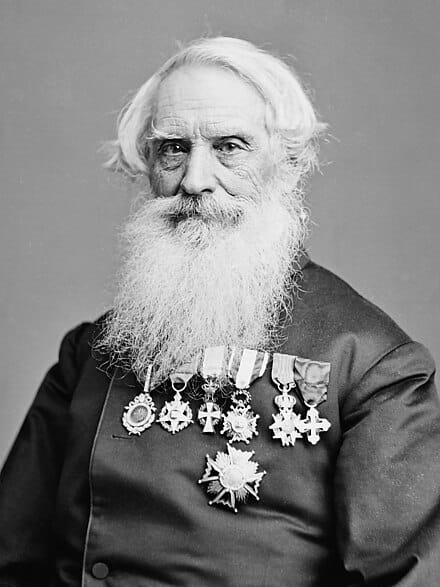In this Nerd Villain Era edition:
A woman came up with that™
How to go from starving artist to master of the universe in 100+ difficult steps
OG beef with the Associated Press
OG pizza hate
Hate
I have to force myself not to think about how email newsletters actually work: that the very moment I hit “send” on this, it will land in your in-box. Perhaps you will delete, ignore, or read it — that’s all fine. What frightens me is the instantaneity. I’m an editor, the person who’s supposed to anticipate and fix mistakes before they go out. I am uncomfortable with this business of reaching others at the speed of light.
The first day anyone felt this kind of instantaneity was May 24, 1844. That’s when Samuel Finley Breese Morse sent the inaugural telegraph message from Washington DC to Baltimore. It was a quote from the Old Testament Bible’s Book of Numbers: “What hath God wrought?”
What indeed. “Before the telegraph there existed no separation between transportation and communication. Information traveled only as fast as the messenger who carried it,” the media scholar Daniel J. Czitrom noted back in 1983, well before our current wrought-ening got truly out of hand with the Internet. (Update: I’m finally reading James Gleick’s The Information, which makes a good argument that “talking drums” amongst tonal-language speakers in Africa carried news as fast as any telegraph would.)
Every email that we now send — every podcast, broadcast, Zoom invitation, group chat, LinkedIn/X/Facebook/Bluesky post, every Pinterest board, streaming half-time show, and reply-all pile-up — to a one, they all go back Samuel FB Morse, the man who lay claim to having invented the telegraph, and who definitely invented the dot-and-dash alphabet code that soon enough allowed messages to fly around the world.
Samuel F.B. Morse was a real piece of work.
Morse’s story immediately bursts out of the mental containers we use to hold inventors. He was a talented painter, a patriot who dreamed of living in Europe, an ardent anti-Catholic who accepted medals and accolades from Catholic states. He expected great things out of life and mostly got them, but not the way he expected, and not without constant turmoil and really bad takes.
All this is to be found in Kenneth Silverman’s excellent 2003 biography Lightning Man: The Accursed Life of Samuel F.B. Morse. Silverman, who taught at NYU and won the Pulitzer Prize for a different biography, does what I can only hope to do if I ever get a book project: he relies on primary sources and simply ignores or debunks the myths that accrue around a long-lived, world-changing figure like Morse. Silverman delivers this guy’s story as it was lived, not how it was rewritten in light of future success.
That rigorous approach is important because Morse’s life was a) filled with conflicting accounts and b) steeped in bullshit, more than a little of which was generated by Morse himself. At first, Morse expected fame would be bestowed upon him as a Great Artist. Anyone, especially any American, who’s checked “Great Artist” as a career goal on a vocational survey knows how that’s going to go. He was often broke, constantly disappointed and felt unappreciated by God and country alike.
Morse was born into this sense of grandiosity. His father Jedidiah Morse was a Congregationalist minister in Boston, author of some of the first books on American geography, a man who corresponded and occasionally hung out with the likes of George Washington and Benjamin Franklin. He sent his oldest son Samuel “Finley” off to boarding school at the age of eight, expecting him eventually to become a minister. But Finley struggled in school, and later convinced his parents to let him study painting in London and France. Several years later, Morse funded a trip to Italian cities by taking commissions to copy great works.
In between sketching the masterworks of Raphael, Titian and DaVinci, Morse found time to heap scorn on his Catholic hosts. He believed Catholicism left the populace “filthy and ragged in body, ignorant in mind…debased in morals.”
In Naples he noticed “a species of most nauseating looking cake…covered over with slices of pomodoro or tomatoes, and sprinkled with little fish and black pepper and I know not what other ingredients,” he wrote. “It altogether looks like a piece of bread that had been taken reeking out of the sewer.”
Silverman knows he has struck gold with this particular letter, adding wryly:
“Morse may well have written the first description in American literature of an anchovy pizza.”
Morse was more than an anti-pizza troll; he would later run for public office (more than once) on a nativist, anti-immigration platform. Like his dad, he believed some combo of Jesuits/Illuminati/Masons were out to control the United States.
Yet it was without doubt the Catholic nation of France that inspired Morse’s inventor side. Proto-versions of the telegraph existed there when he visited, along with visual semaphore towers for long-distance communication (99% Invisible has a great post on these).
In 1832, on a ship back from Europe, Morse claims he came up with his idea for a single-wire telegraph in conversation with a scientist. He later worked with an engineer to prototype it, and he created the most original part of this “invention”: the synthesis of visual, aural and electronic communications via a system that came to be known as Morse code.
The scientists who had once helped Morse in his electrical enthusiasms would later join the ranks of his many enemies. Silverman’s biography spends a lot of its second half on lawsuits and screeds and feuds, since those seem to be what occupied most of Morse’s time once telegraph lines started going up all over the world. People were constantly stealing or attacking Morse’s business interests and patents. The tiresome fighting only died down with the consolidation of the industry into a monopoly: Western Union.
It could have all gone differently. Daniel Czitrom points out that Morse actually wanted Congress to buy his patent and establish the telegraph as a service of the Post Office. But nope, the government was busy with other stuff at the time, such as invading Mexico. And then it was too late:
Although Congress subsidized the first experimental line, it refused to buy Morse out, despite the recommendations of the House Ways and Means Committee (1845) and the postmaster general (1845, 1846). As congressman in 1844, Cave Johnson had ridiculed Morse’s request for an appropriation, but as postmaster general two years later he changed his view. In 1846 he warned that “the evils which the community may suffer or the benefits which the individual may derive from the possession of such an instrument, under the control of private association of such an instrument, under the control of private associations or unincorporated companies, not controlled by law, cannot be overestimated.” …Thus the federal government, after initially encouraging the telegraph, lost its chance to own it and supervise its subsequent development.
The capitalist chaos extended to the Associated Press — a consortium of newspapers that formed in 1846 to share the high costs of telegraph messages. Morse and his lawyer believed an AP agent named Daniel Craig was being secretly paid to write favorable stories about competing patent-holders. Who knows? The point is, Morse was down in the fray with the rest of them, accumulating both haters and medals for the rest of his life.
A strong theme of my personal Nerd Villain Era is that many of the men who built our communications system were, in fact, terrible at communication. They were great at self-aggrandizement, arguing, and believing everyone else a fool. Samuel Morse, the man who allowed millions to converse at a distance, was a mostly neglectful father, an imperious boss, and author of such horrific pamphlets as An Argument on the Ethical Position of Slavery in the Social System and its Relation to the Politics of the Day. It’s hard to separate that monstrous effort, which Morse wrote in 1861 in the hopes that everyone would just shut up about emancipating the enslaved, from the technology he created.
Like many others who would follow him into the realm of electronic communications, Morse believed his technology would bring people together. But on a personal level, he only seemed to want what his father had had: a pulpit, a one-way platform to sermonize. Ironically, of course, his “child,” the telegraph, was a two-way form of communication — it allowed for, and even encouraged, rebuke and talk-back. It would be decades before another technology would allow one voice to reach many without the irritation of a reply. That would be broadcast radio.
The Library of Congress has a transcription of the first telegraph message in 1844. Note that the original King James Bible translation of Numbers 23:23 doesn’t actually ask a question. It shall be said of Jacob and of Israel, What hath God wrought! Samuel Morse here added the question mark, which makes the verse more open-ended and beautiful.
But the idea for this first transmission did not come from him. Morse gave the honor of picking the first electronic words to Annie Ellsworth, the daughter of his friend, the US Patent Commissioner. Supposedly, Annie’s mother actually suggested the verse. So it was two women who came up with this first, ambiguous telegraph message — which turned out to be the best thing Samuel Morse ever wrote.






